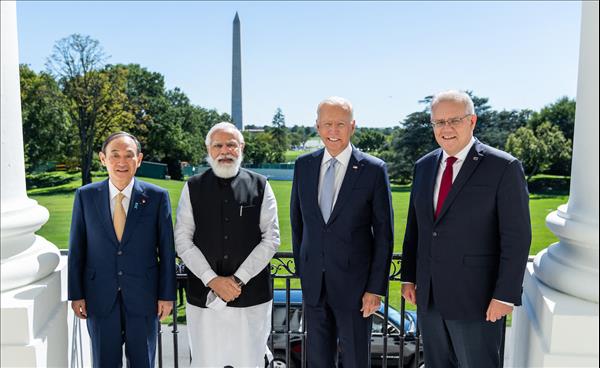ASIA TIMES ONLINE

By coincidence, perhaps, on the same day that US President Joe Biden hosted the first Quad summit, he also cleared the way for a senior executive of Huawei Technologies to return to Beijing –“removing one major irritant between the two superpowers,” as The New York Times put it .
Meng Wanzhou’s release on Friday made headlines overshadowing the Quad event. Beijing reciprocated instantly by releasing former Canadian diplomat Michael Kovrig and businessman Michael Spavor.
Meng’s detention had had“major geopolitical implications, further souring relations between Beijing and both Washington and Ottawa,” The Washington Post noted.
Perhaps something of that“feel-good” rubbed on to the Quad joint statement , where Washington agreed that the grouping stood for“a free and open Indo-Pacific, which is also inclusive and resilient.” (Emphasis added.)
Washington’s stubborn refusal to utter that nine-letter word“inclusive” was meant to be a jab at China, and the shift is a sign of realism. It hints at renewed overture to the Association of Southeast Asian Nations and an attempt to assuage the European sentiments aggrieved over the US pivot away from the trans-Atlantic alliance.
Contextually, as WaPo put it:“Coming on the heels of a diplomatic blowup over a US plan to sell nuclear-powered submarines to Australia [AUKUS], the Biden administration sought to play down the idea that the Quad grouping could become a new kind of trans-Pacific military alliance. Rather, US officials call it ‘informal’ and non-military.
“Biden also did not mention China by name during his address to the United Nations General Assembly [on September 21], though he told the gathering that he does not seek ‘a new Cold War.’”
Menafn for more
